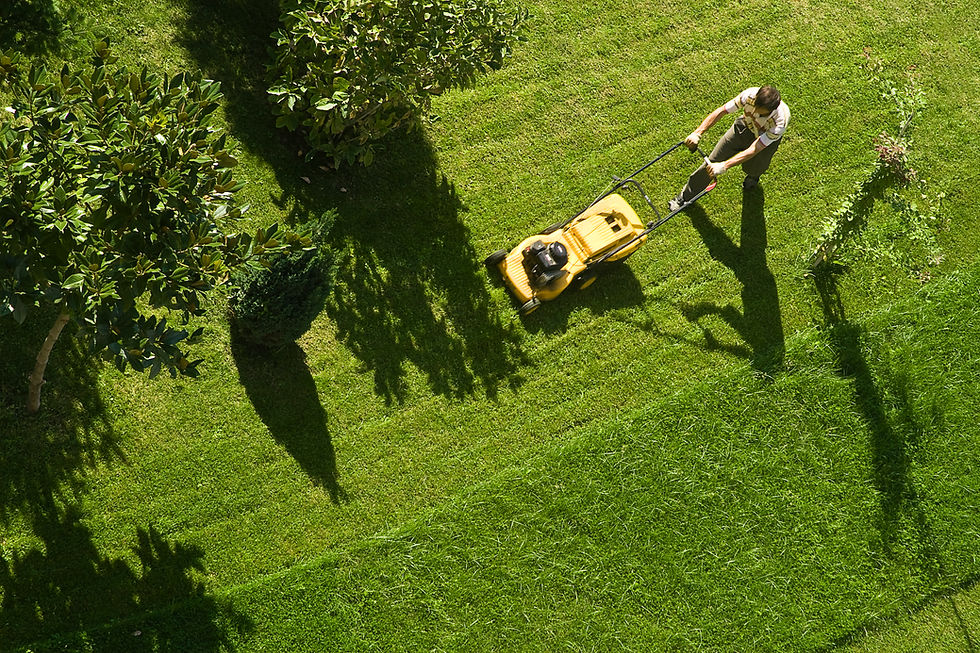By Robin Blackshire
We’ve all been there. After working for hours on a task or project, you start to feel like you are getting nowhere, or worse, going backward. Your productive struggle feels, well, less than productive. When this happens, it’s time to step away and give yourself a break.
Now that so many of us are working from home, there may be added pressure to maintain a high level of productivity. Taking breaks can seem like a luxury.
This may seem counterintuitive, but taking a break is often the most productive course of action. It gives your brain a chance to assimilate and reorganize the information you’ve been processing. Often when you are grappling with something, it can be difficult to separate initial ideas from even better ones that may be lingering in the back of your mind.
Taking breaks from work throughout the day improves cognitive function and boosts productivity levels.
Stepping away from a task allows your brain to perform the unconscious processes that bring solutions to the surface. It also exposes you to things in your environment that can stimulate insight. This is why it often feels like the best ideas occur to you while doing something completely unrelated, like taking a walk or chatting with a friend.
There are several schools of thought about how often to take breaks:
The Pomodoro® Technique recommends taking a short break every 25 minutes.
The Draugiem Group, developer of the productivity tracking software DeskTime, suggests taking a 10-minute break every 45 minutes.
Researchers William Dement and Nathaniel Kleitman suggest taking breaks every 90 minutes to follow our body’s natural rest-activity cycle.
If you can’t take breaks that often, two 15-minute breaks—one in the morning, one in the afternoon—and a 30-minute midday break can also be effective.
Everyone has their own natural rhythm, so you may need to experiment to find the best timing. Schedule breaks into your day to set your intention and develop the habit, and focus intensely on work when you are not taking a break.
The best breaks involve doing things that are not work-related. Active breaks, such as walking, running, and yoga are good for both mind and body. If you have access, heading outdoors is a great way to refresh yourself and boost creativity.
If active breaks are not your thing, just looking out the window or at an image or video of nature can help you recharge. A study called The Power of Kawaii even found looking at images of cute puppies and kittens improved participants’ focus more than looking at images of adult animals or neutral objects.
Even something as simple as getting up to make a cup of tea or having a conversation can help. Taking a break while working from home can give you a chance to check in with family members or friends.
So go ahead, take some time to go for a walk, chat with a friend or coworker, or look at images of nature and cute animals.
Breaks don’t always have to involve doing something. Participating in a minimally stimulating activity, also known as wakeful rest, can be especially beneficial. One study shows that 10 minutes of wakeful rest can improve both short- and long-term memory. Another study shows that wakeful rest improves social-emotional understanding. Activities such as meditation and daydreaming activate a default mode in your brain called “active, internally focused psychosocial mental processing.”
Personally, I find it hard to sit still and meditate. I’ve always felt that some of my best “ah-ha!” moments come when I’m doing a mindless activity, such as yard work or washing dishes. The repetitive motion keeps my body busy and relaxes my mind so it can sort through things more efficiently.

It looks like I’m mowing, but really I’m generating great ideas.
There is a reason that this relaxation and lack of focused thought seems helpful. Allowing the mind to wander or daydream causes the default network (the “resting” part of the brain) and the executive network (the “active” part of the brain) to work in tandem, especially when you are not aware that your mind is wandering. So even if you feel like you are doing nothing, your brain is busy resetting itself.
With the increased pressure and distractions of working from home that many of us are currently facing, it can be tough to make time for breaks. The most important thing about taking breaks, besides actually doing it, is finding what works best for you. However you choose to take a break, remember that doing so is an essential part of maintaining both your health and your productivity.
Robin Blackshire is Lead Editorial Strategist for ScribeConcepts, an educational publishing team supporting disruptors in curriculum development. She helps clients ensure consistency of voice, tone, and editorial style and has worked as an embedded partner with Core Knowledge Foundation, EL Education K–8, Great Minds, and other curricula developers.





Comentários